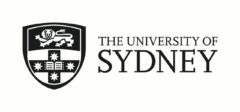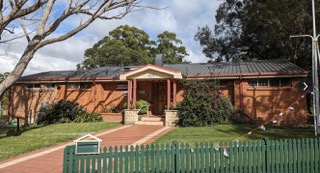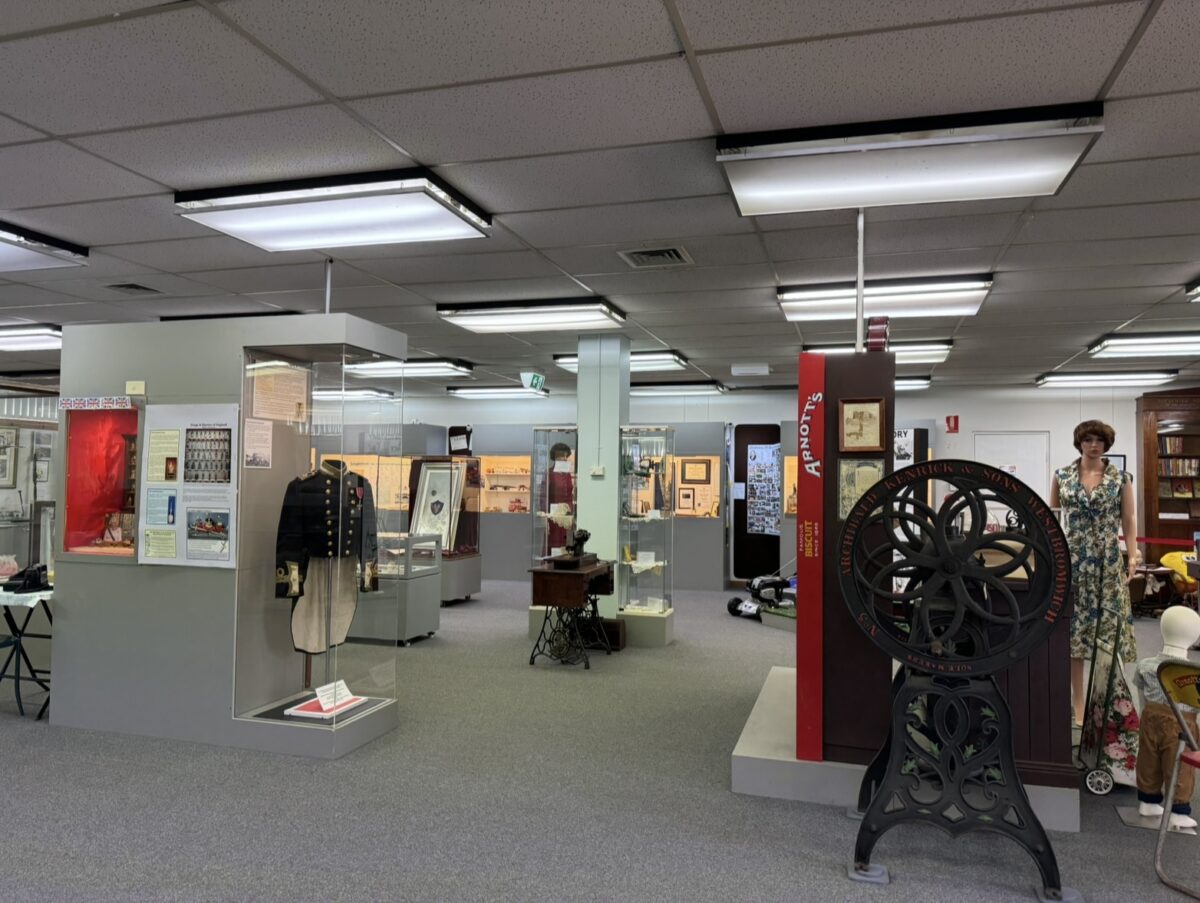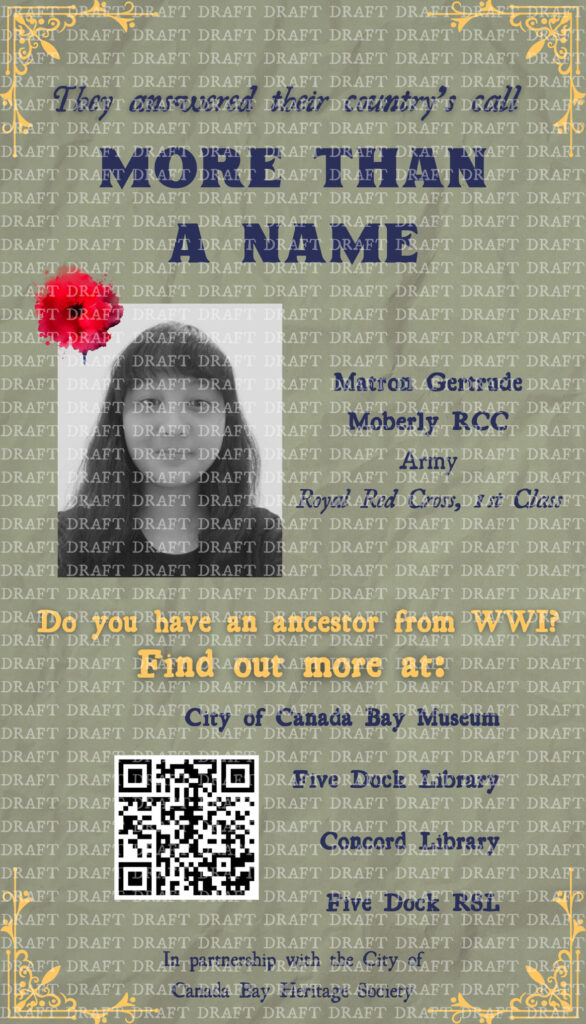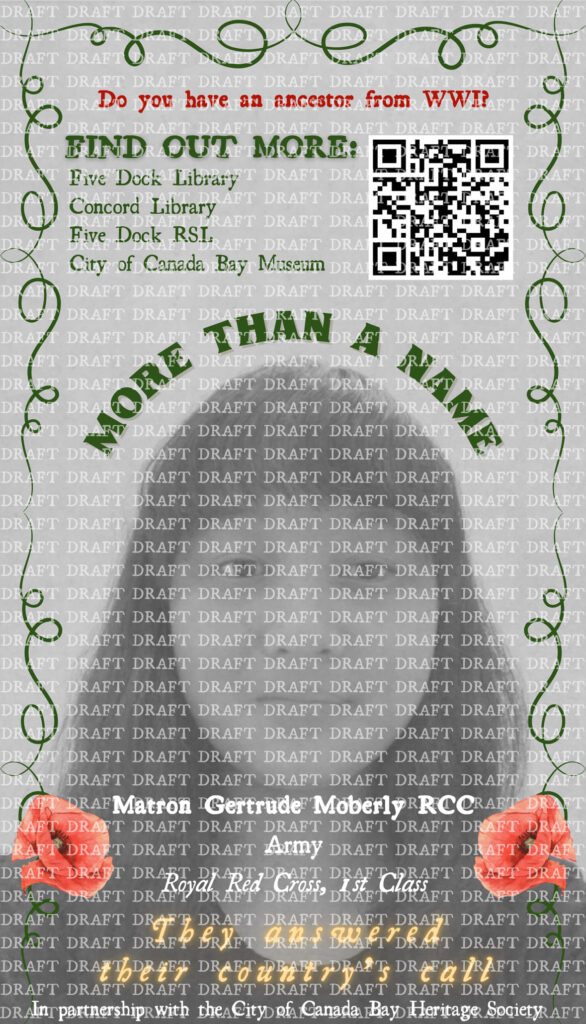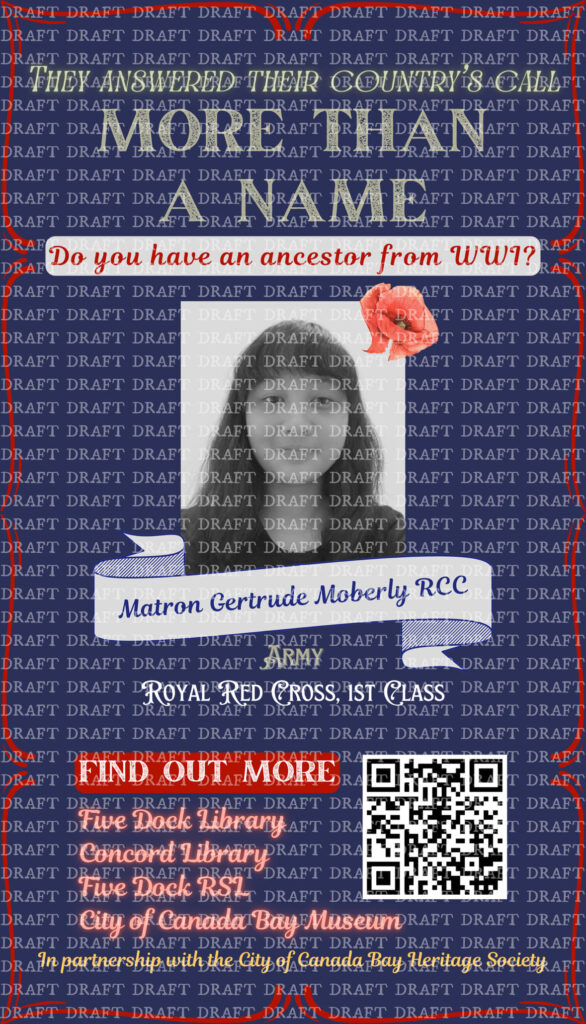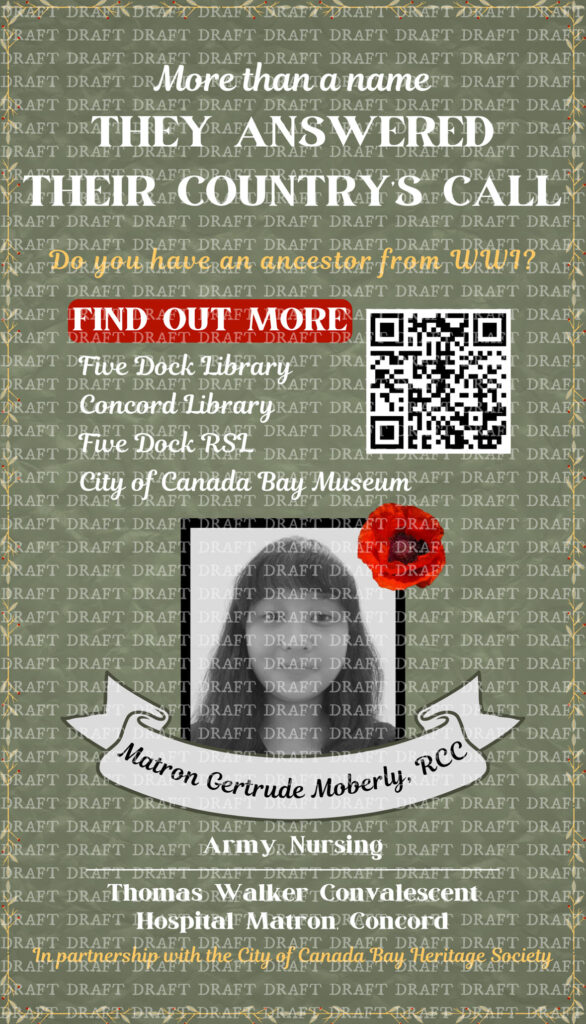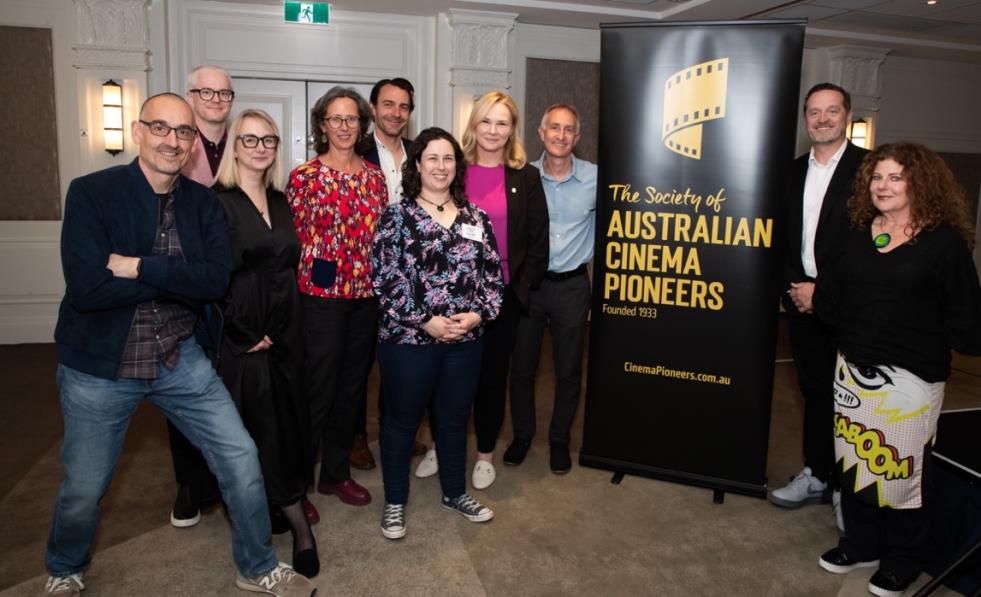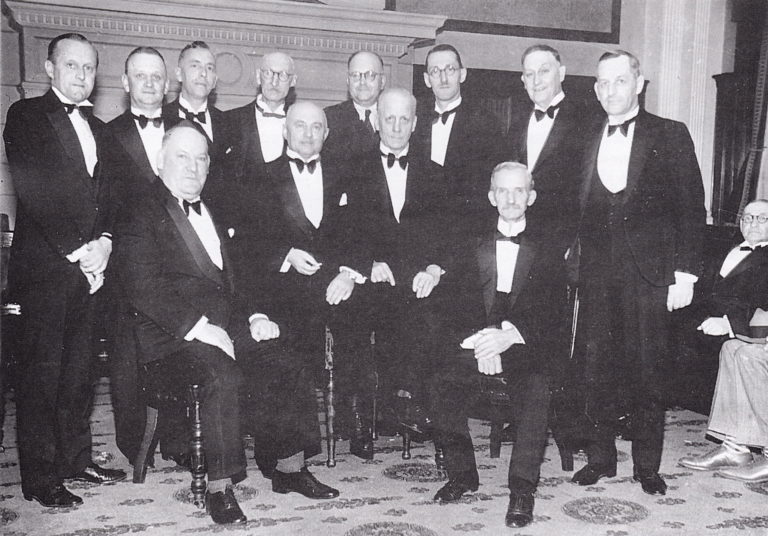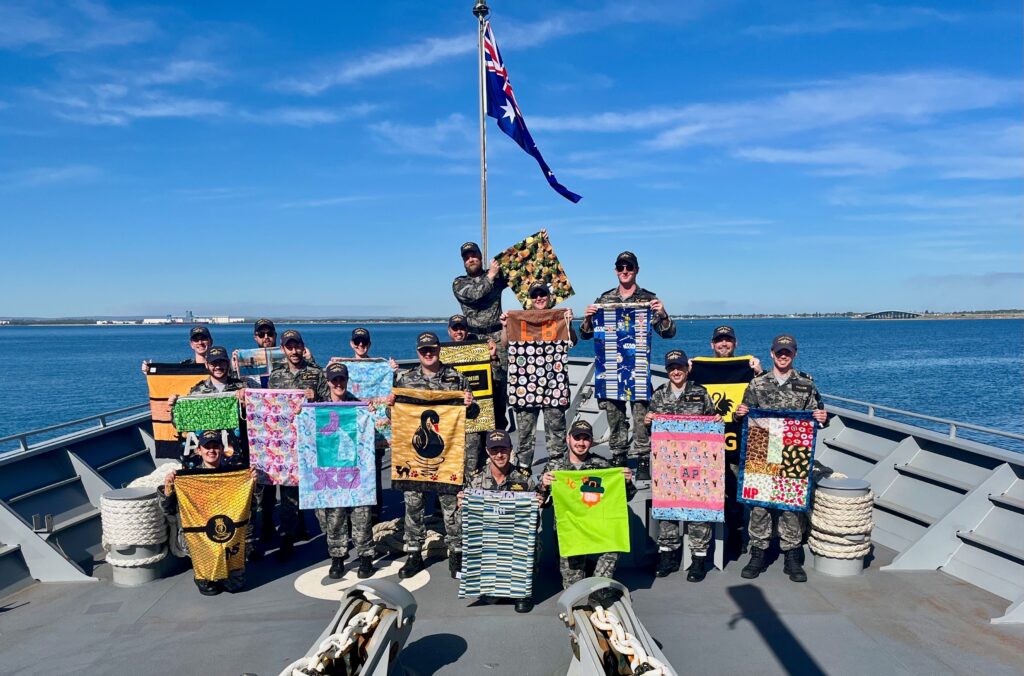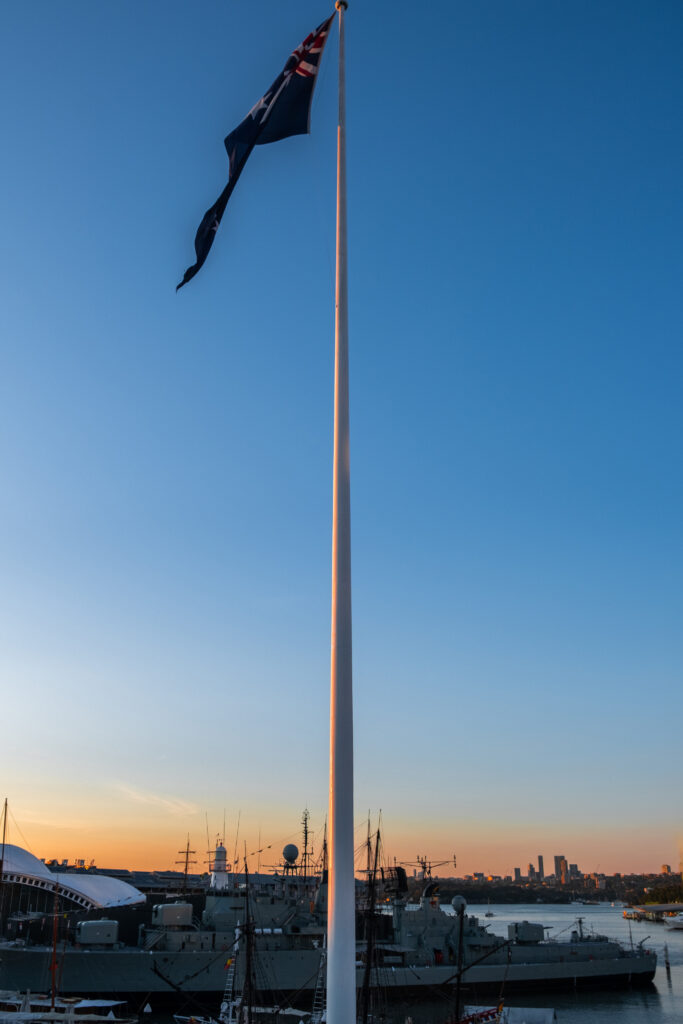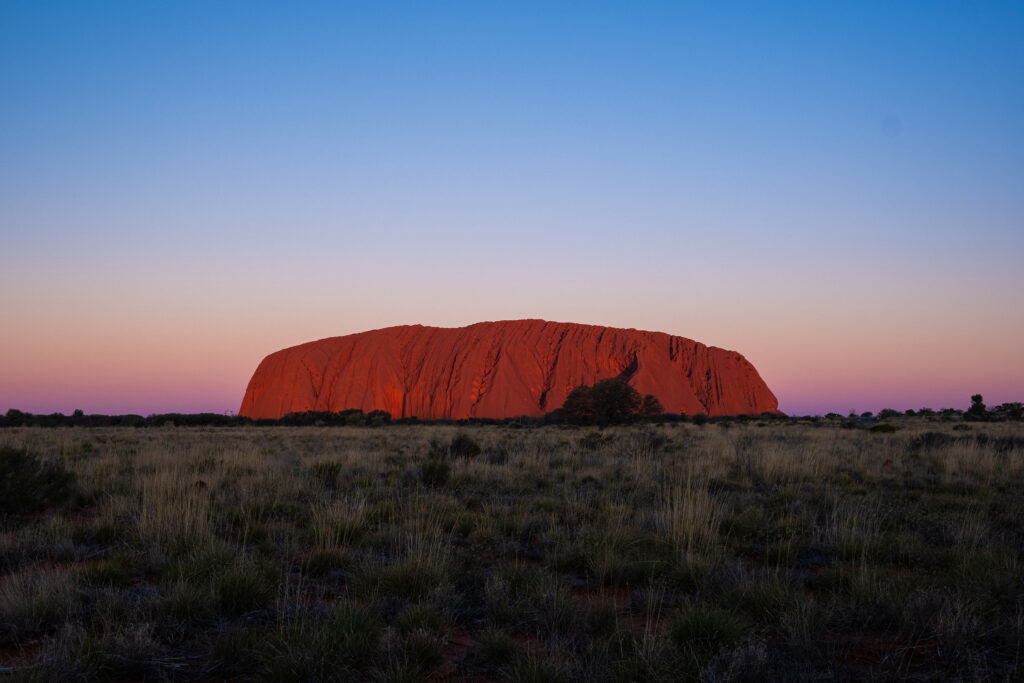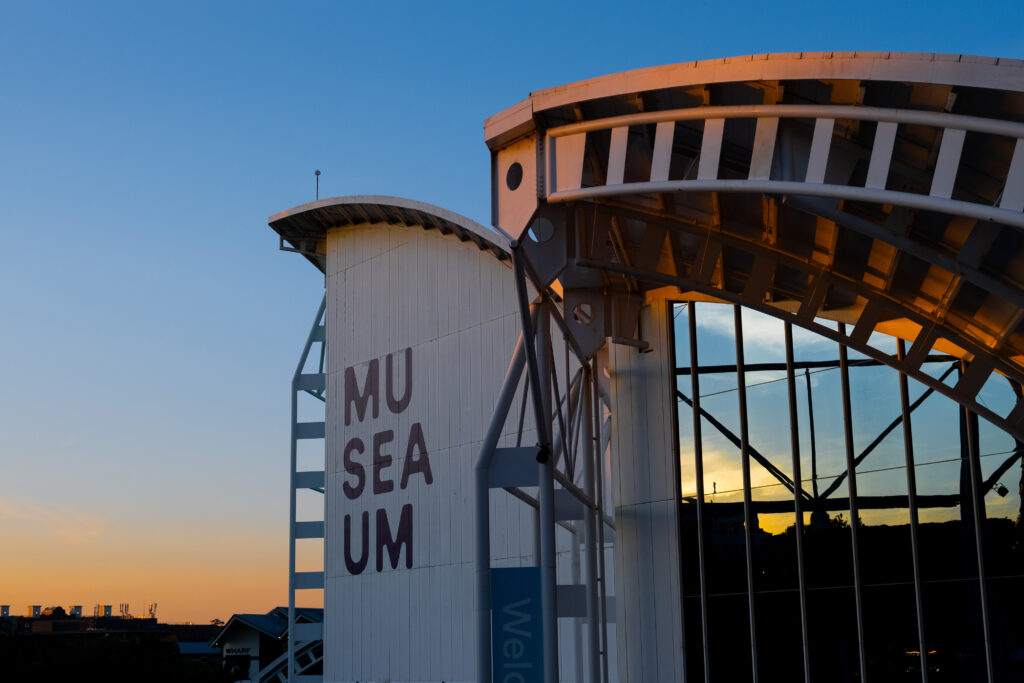Conversation and community spirit transform The Glebe Community Op Shop from a humble corner store on 133 Glebe Street into the beating heart of Glebe. Connections fostered between residents within its four walls spread outward, running through the alleys and arteries of the neighbourhood in a network of trust and compassion, touching the lives of everyone around. Friendly faces pass through the doors like clockwork, followed by a medley of greetings like “Lovely to see you again” and “How was your vacation last week?” that echo throughout the small, intimate space. On my first trip to the store, known affectionately as “The Oppy”, I was struck by this camaraderie as it was what I had hoped to find here as an exchange student living alone in a foreign country for the first time. Back home in Singapore, third places are on the decline as the ever-persistent threat of development looms over these humble, communal spaces. Having found a second home in second-hand stores for half a decade, the Oppy felt like a warm hug and a welcome home, reminding me of the same community spirit (or “kampung spirit” as Singaporeans call it) I felt in the neighbourhood thrift stores I frequented in Singapore. The natural affinity I felt for the cosy space and friendly people drew me to work with them for this project.
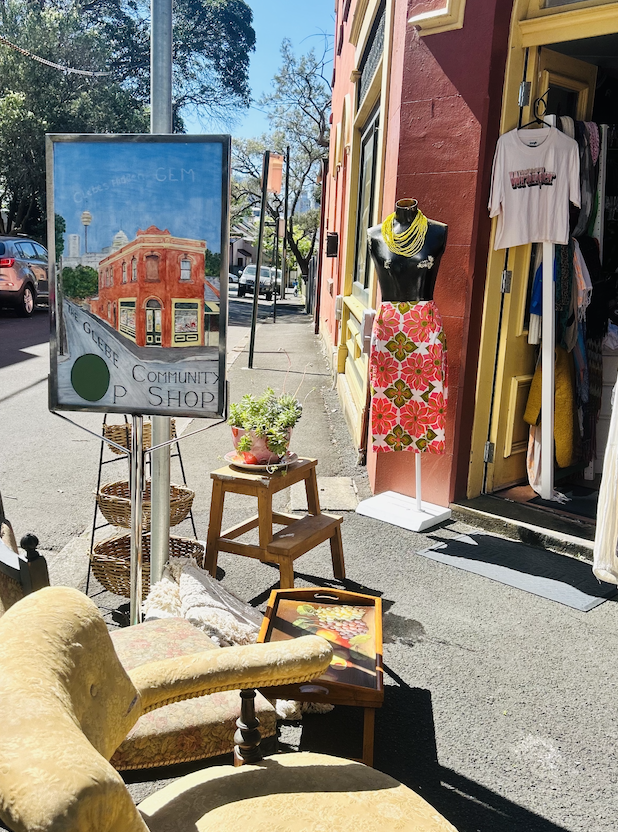
Outside the Glebe Community Op Shop (photograph taken by me).
Known as Glebe’s “hidden gem”, The Oppy is a not-for-profit shop brimming with preloved treasures including clothes, accessories, bric-a-brac, and homeware. Eco-conscious shoppers get the chance to help reduce landfills in style, and bargain hunters can look forward to finding cheap steals too. The shop is run by long-time Glebe resident Heather Murphy and a team of volunteers. Things may only cost a few dollars at The Oppy, but their generosity is priceless. The shop channels its profits back into the community and collaborates with local organisations to support others in need, such as Rainbow Lodge, a residential support program for men to transition back into the community following a period of incarceration. Through GAPP1, clothing vouchers are given to these men so they can shop for free. Beyond Glebe, the shop has also positively impacted the international community. Heather has also contributed to funding the Kitchen Starter Pack Project, which provides essential cooking and eating equipment for those moving from temporary accommodation to self-contained housing, like those leaving Rainbow Lodge. Beyond Glebe, the shop has also positively impacted the international community. Boxes of clothing weighing up to 100kg have been sent from the shop to orphanages in the Philippines and Nepal, and even as part of disaster relief in the wake of floods in Sri Lanka.
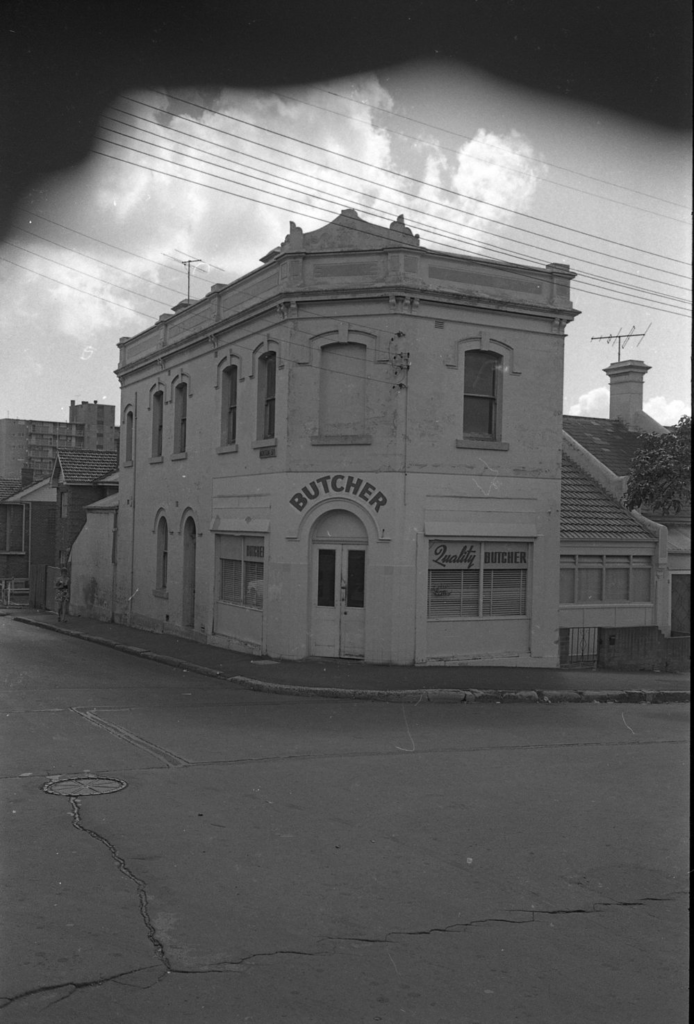
133 Glebe Street in the 1970s, when it was still a butchery. (Image taken from the Bernard and Kate Smith Glebe Photographs series on the City of Sydney Archives database.)

133 Glebe Street. The Op Shop is located on the ground floor. (Image taken from The Glebe Society Bulletin, credited to Jude Paul. )
The Oppy has been operating for 40 years, but this tradition of serving the community has long been tied to the site’s history. For a century before The Oppy, the building was home to a butchers’ shop, a family-run business that was one of only 27 commercial buildings serving residents living in 723 properties. Beyond the building itself, the suburb derives its name from the Latin ‘glaeba’ meaning a clod of earth because it was designated for use by the church. The Oppy has passed through the hands of the church, previously managed by Julie Breckenreg, former Hope Street and subsequently Heart of Glebe pastor and now by Heather, from The Glebe Christian Life Community. While profits are collected for the benefit of the Glebe community rather than the church now, the same mission of goodwill continues to ripple through time till today through the good work of the Glebe Community Op Shop.
